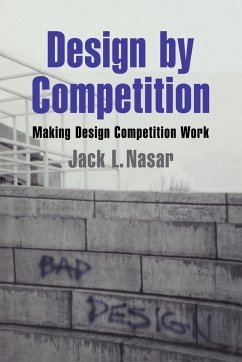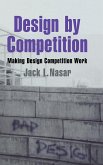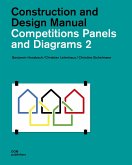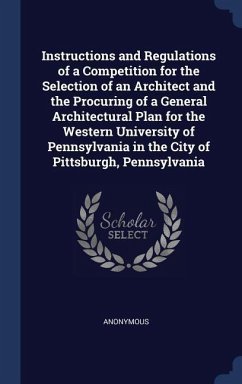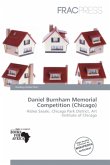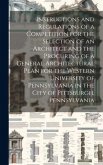This book looks at design competition architecture from a social, psychological and public policy perspective.
What meanings do buildings and places convey to the people who use and visit them? Too often, design competitions and signature architecture result in costly eyesores that do not work. How can sponsors and clients get more meaningful results? In answer to these questions, Dr Nasar, supported by riveting studies of competitions and Peter Eisenman's competition-winning design for the Wexner Center at the Ohio State University, suggests the use of pre-jury evaluation (PJE). He shows the potential value of this approach as well as visual quality programming for many kinds of environmental design for which the client wants to convey certain desirable meanings. The studies, from those specific to the Wexner Center to those covering the scope of history, point to an alternative method for shaping the visual form of buildings, places and cities.
Table of contents:
List of illustrations and tables; Introduction; Part I. Background: 1. The Wexner Center competition; 2. What do we know about architectural competitions?; 3. Meaning matters; Part II. Evaluations: 4. Managing meaning through visual quality programming; 5. Popular evaluations of the Wexner Center entries; 6. Popular evaluations of the completed building; 7. Working in a work of art: a postoccupancy evaluation of the Wexner Center; Part III. Prescriptions: 8. Model for running design competitions; 9. Toward a new democratic architecture; Appendices; References; Index.
What meanings do buildings and places convey to the people who use and visit them? Too often, design competitions and signature architecture result in costly eyesores that do not work. How can sponsors and clients get more meaningful results? In answer to these questions, Dr Nasar, supported by riveting studies of competitions and Peter Eisenman's competition-winning design for the Wexner Center at the Ohio State University, suggests the use of pre-jury evaluation (PJE). He shows the potential value of this approach as well as visual quality programming for many kinds of environmental design for which the client wants to convey certain desirable meanings. The studies, from those specific to the Wexner Center to those covering the scope of history, point to an alternative method for shaping the visual form of buildings, places and cities.
Table of contents:
List of illustrations and tables; Introduction; Part I. Background: 1. The Wexner Center competition; 2. What do we know about architectural competitions?; 3. Meaning matters; Part II. Evaluations: 4. Managing meaning through visual quality programming; 5. Popular evaluations of the Wexner Center entries; 6. Popular evaluations of the completed building; 7. Working in a work of art: a postoccupancy evaluation of the Wexner Center; Part III. Prescriptions: 8. Model for running design competitions; 9. Toward a new democratic architecture; Appendices; References; Index.

